Transition lenses, or photochromic lenses, are a type of eyewear that automatically adjust their tint based on the UV light present in the surroundings. They are a popular choice for individuals who wear eyeglasses, as they eliminate the need for prescription sunglasses. While these lenses have their fair share of advantages, it is important to consider their drawbacks as well. In this article, we will discuss the pros and cons of transition lenses to help you make an informed decision.
Let’s start with the benefits of transition lenses. One of the key advantages is their convenience. With these lenses, you no longer need to carry two pairs of glasses, one for indoors and another for outdoors. Whether you are indoors or outside, the lenses adapt seamlessly to the changing light conditions, providing optimal vision without straining your eyes. This feature is particularly useful for those who frequently transition between indoor and outdoor environments.
Furthermore, transition lenses offer excellent protection against harmful UV rays. When exposed to sunlight, the lenses darken, reducing the amount of UV light that reaches your eyes. This UV protection helps in preventing various eye conditions such as cataracts and macular degeneration, which can be caused by prolonged exposure to UV rays. Therefore, transition lenses serve both as prescription eyeglasses and sunglasses, providing you with continuous eye protection.
Another advantage of these lenses is their versatility. They come in a variety of lens materials, shapes, and colors, allowing you to choose the style that best suits your preferences. This versatility ensures that you can pair transition lenses with any frame of your choice, be it trendy or traditional.
Despite these benefits, transition lenses also have some drawbacks. One significant limitation is their reaction time. It takes a few seconds for the lenses to transition from clear to dark, and vice versa. This delay can be problematic when moving between areas with varying light intensity in quick succession, leading to temporary visual discomfort. However, modern transition lenses have significantly improved in this regard, reducing the delay to a minimum.
Moreover, transition lenses may not darken as much in extreme temperatures or behind car windshields. The technology of these lenses is designed to react to UV light, and while car windshields block most of the UV rays, it can affect the lens’s performance. This means that the lenses may not darken adequately in a car, compromising your vision on sunny days. It is advisable to consider a separate pair of prescription sunglasses for driving.
Lastly, the cost of transition lenses can be higher compared to regular eyeglasses. These lenses contain a specialized photochromic coating, which increases their production cost. Additionally, if you require high-index or progressive lenses, the price is further increased. Therefore, it is essential to consider your budget and compare different options before making a purchase.
In conclusion, transition lenses offer convenience, UV protection, and versatility, making them an attractive choice for many eyeglass wearers. However, the delay in transitioning, limited darkening behind car windshields, and the higher price tag should be taken into account when considering these lenses. Understanding the pros and cons allows you to make a well-informed decision that suits your lifestyle and visual needs.
